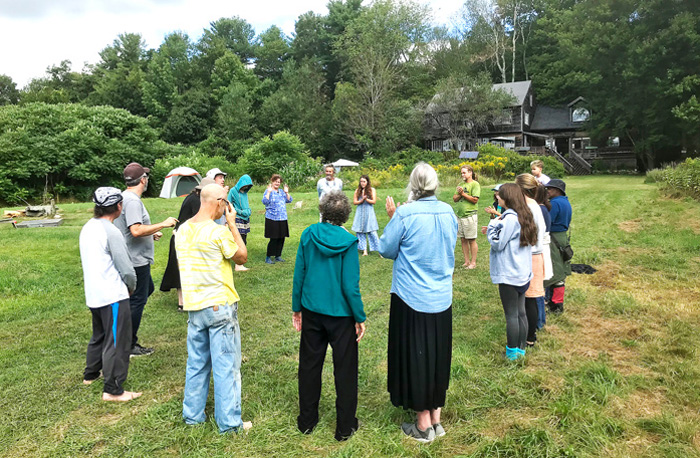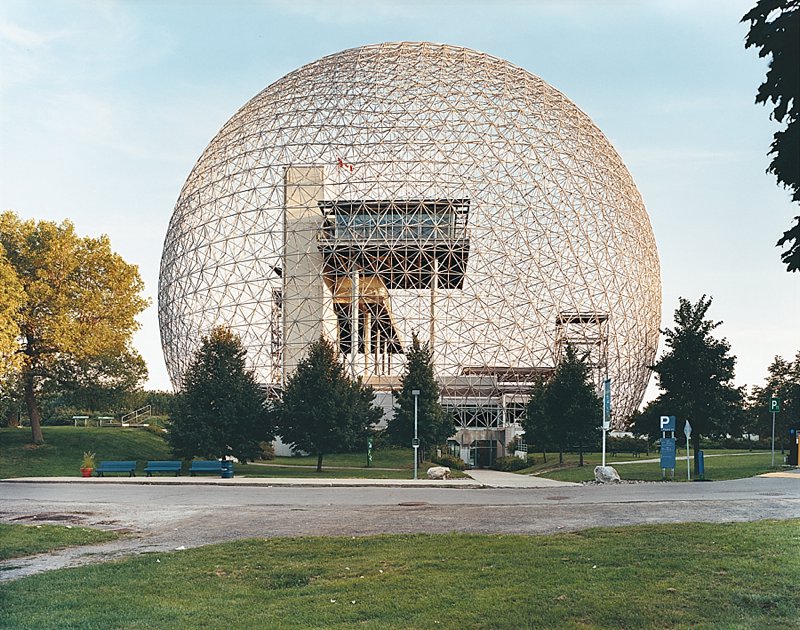Become a Member


Join the Friends of the University of the Wild
As an initiative to engage local residents and friends for on-going
support, the Board of the 501(c)(3) Wild Earth Institute, Inc. and
its Special Project, the UofWild, has created the Friends of the
University of the Wild.
Membership levels
Benefactor levels $1000 $500 $250 $150
Supporter levels $100 $50 $35 $25
Membership Benefits
• All membership levels receive a 25% discount on UofWild programs.
• All members receive invitations to special events.
• $100 and more annual contributions receive weekend use of the Tiny Home.
• $50 annual contributions receive a hat, t-shirt, or travel mug.
Not Everyone Lives in a Square House
Indigenous cultures throughout time and around the globe have lived in round structures: hogans, teepees, igloos, and many more. Today, there is a resurgence of interest in round buildings. They are energy efficient, strong, can span large spaces without internal supports, and safer in high winds (the wind flows around them, rather than smashing into them and ripping off their roofs). Their strength and surprising flexibility make them safer in earthquakes and heavy snow loads. They use less material to build and can be portable.
University of the Wild students will have experience with three types of round buildings: our favorite learning space and community center is a 24′ diameter yurt, students will soon be building a small but livable geodesic dome, and our partner program, Earthwork Programs, has a Dakota Mandan tribal lodge that they built from scratch with hand tools.
Yurts
Yurts have been in continuous use in Mongolia and surrounding areas for thousands of years. The engineering genius of a yurt made it the perfect structure for nomadic tribes in harsh climates: a spacious family yurt can be assembled or disassembled in a matter of hours. A wood stove keeps you warm in the winter and rolling up the sides allows for ventilation in the summer. In Mongolia today, much of the rural population still lives in yurts.

Yurts today are usually made from modern materials while still using the engineering principles of 3000 years ago, including the collapsible lattice for the walls, the crown at the top, and the roof poles connecting them.

Earth Lodges of the American Plains
The indigenous tribes of America’s Great Plains made lodges whose structure was strikingly similar to the structure of a yurt. The Mandan of the Dakota plains were not nomadic; they lived in villages and farmed the land. Like Mongolia, the plains were not an easy place to live, with hot summers and harsh, cold winters.

The wooden framework of a Mandan earth lodge, like a yurt, is round with a shallow, rounded roof ending in teepee-like opening at the top. Instead of felt coverings, earth lodges were covered in layers of branches and mounded with earth. Both earth lodges and yurts provided comfortable interior temperatures year round and stability in the strong winds typical of both regions.
Geodesic Domes
Not trained in engineering or architecture (he was kicked out of Harvard – twice), American visionary and inventor R. Buckminster Fuller (1895-1983) anticipated future problems, such as the depletion of natural resources, and tried to design ways to solve those problems. In the process, he invented a new kind of building.
With science, mathematics, design, and incredible imagination, he came up with a way to build spherical shapes out of interconnecting lines rather than out of curved surfaces. Using this concept, he designed a structural framework that he called a “geodesic dome”. This framework has incredible structural strength with no limiting dimensions and makes things from soccer balls and jungle gyms to houses and enormous hangers for airplanes. Like yurts, they are strong, flexibile (handy during earthquakes), energy efficient, and resistant to wind damage.

Fuller designed the 249 foot diameter and 203 foot high geodesic dome at the 1967 Montreal World Fair. Although the exterior has changed, the steel dome structure still stands and now houses Montreal’s Biosphere environmental exhibition space, exploring the links between society and the environment.

Biosphere in Montreal
